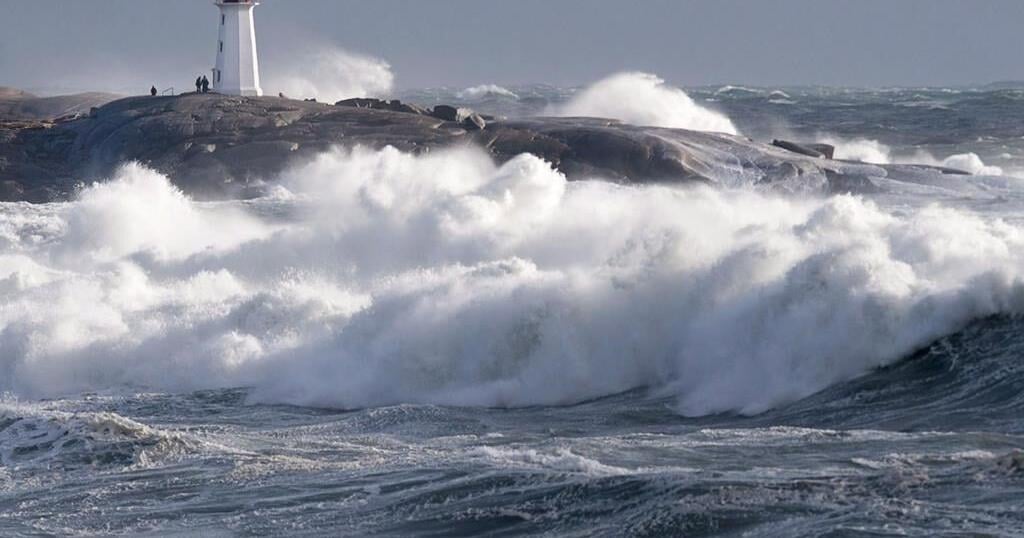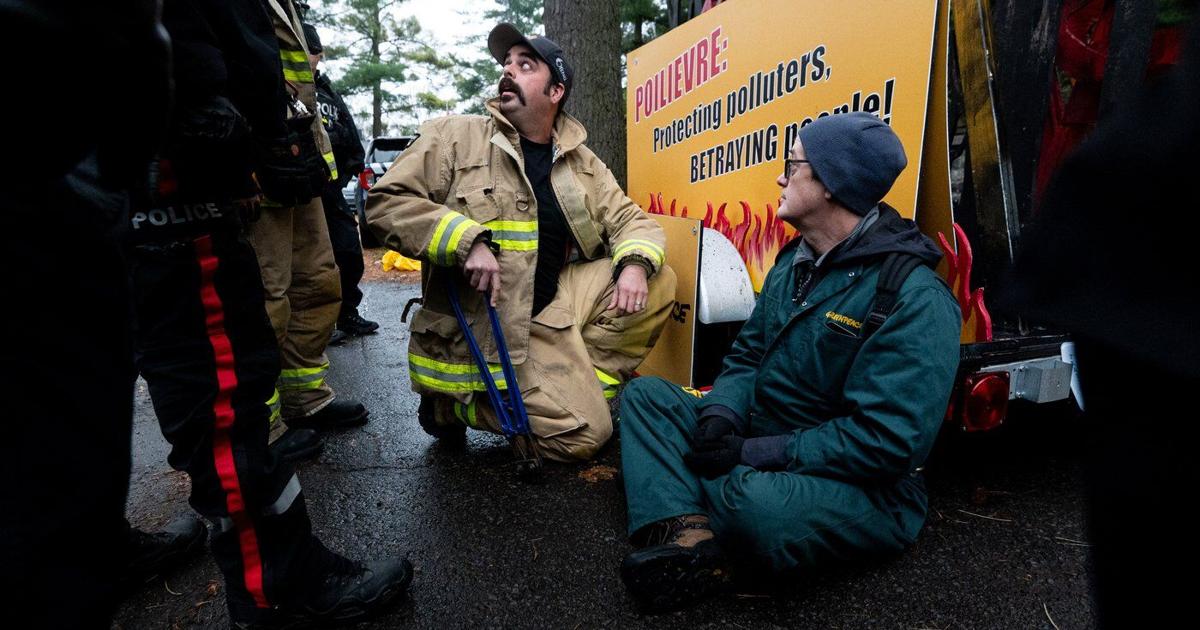ST. JOHN’S, N.L. – Newfoundland has caught a lucky break with Hurricane Ernesto expected to pass south of the island, but the fast-moving storm will still bring a lot of rain in a short time overnight on Monday, Environment Canada says.
The weather agency issued a tropical cyclone information statement for the eastern part of the island, including the capital of St. John’s, saying the storm will transition to a post-tropical storm as it passes the Avalon Peninsula later Monday.
David Neil, a warning preparedness meteorologist for Environment Canada, said the region will avoid Ernesto’s worst impacts, but he advised people to stay off the roads and away from the coast on Monday night as the storm could bring up to 70 millimetres of rain to some parts of the peninsula, as well as ferocious waves.
“It’s going to go through within the course of a few hours, but it will be quite wet and quite nasty there for a few hours,” Neil said in an interview Monday. “Definitely dodging a bit of a bullet here, but it’s still not going to be a nice night.”
Ernesto made landfall in Bermuda on Saturday, knocking out power for more than 23,000 people in the tiny British territory. It weakened into a tropical storm as it moved away from the archipelago, but regained strength on Sunday and was once again classified as a hurricane.
There had been worry that the storm would hurtle through the North Atlantic toward Newfoundland and Labrador, but as of Monday morning, Neil said it was veering well south of Canada’s easternmost province. However, the Canadian Hurricane Centre was still keeping a close eye on its trajectory, he said.
A rainfall warning was in effect for parts of the eastern Avalon Peninsula, including St. John’s, on Monday. Rain from Ernesto was expected to begin later Monday, bringing between 50 and 70 mm to some parts of the southern part of the peninsula and St. John’s. It was expected to fall within a period of three to six hours, according to Environment Canada.
High winds would drive large waves along southeastern Newfoundland, and the agency warned of possible coastal flooding, particularly along the coast stretching from the Burin to the Avalon peninsulas.
Neil warned curious wave watchers to stay away.
“I know people like to go see the big waves with these storms. It is quite dangerous,” he said. “Those waves can come up quite quickly and certainly, there’s a risk there that you could get caught unawares.”
The rain and high seas were expected to be over for Newfoundland by early Tuesday. The storm also brought large swells to Nova Scotia’s Atlantic coast on Monday, Environment Canada said.
This report by The Canadian Press was first published Aug. 19, 2024.
























